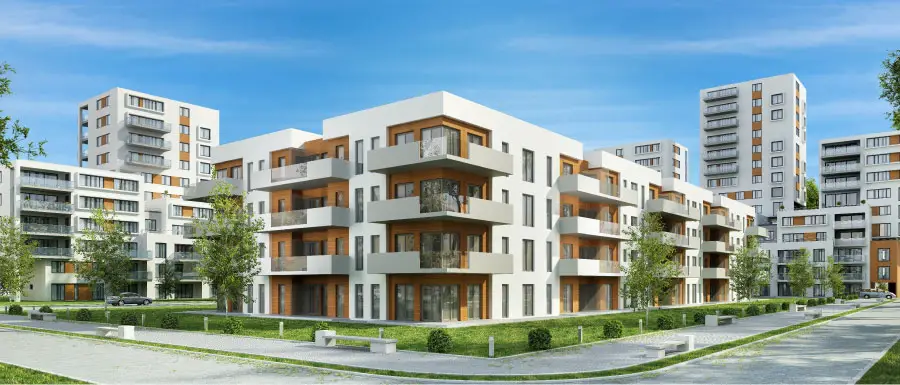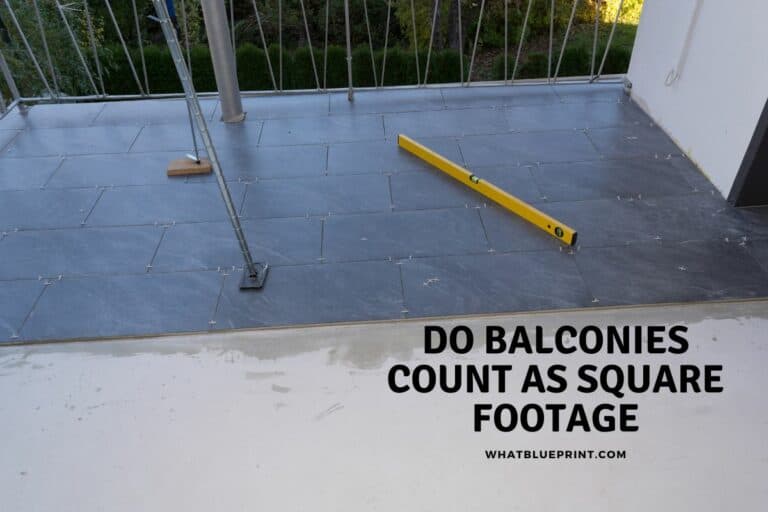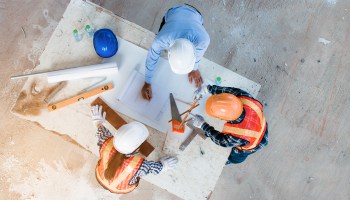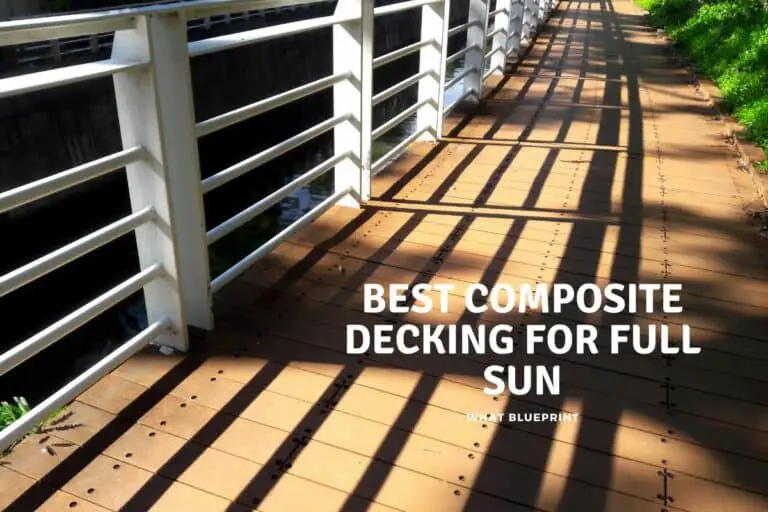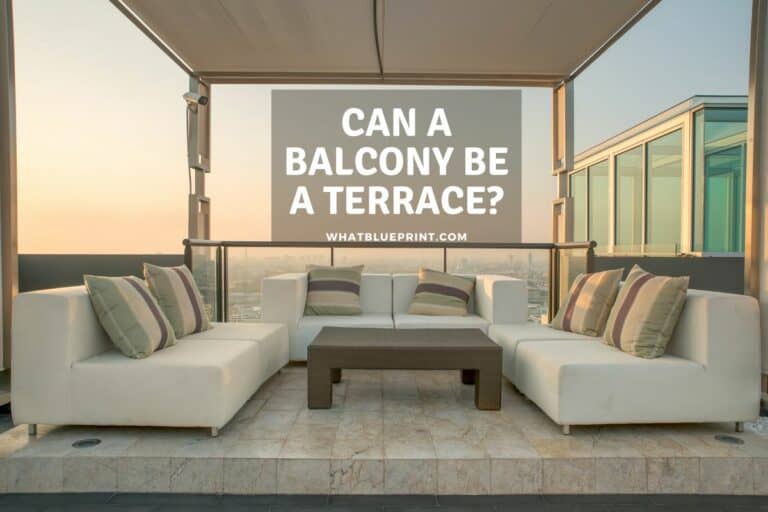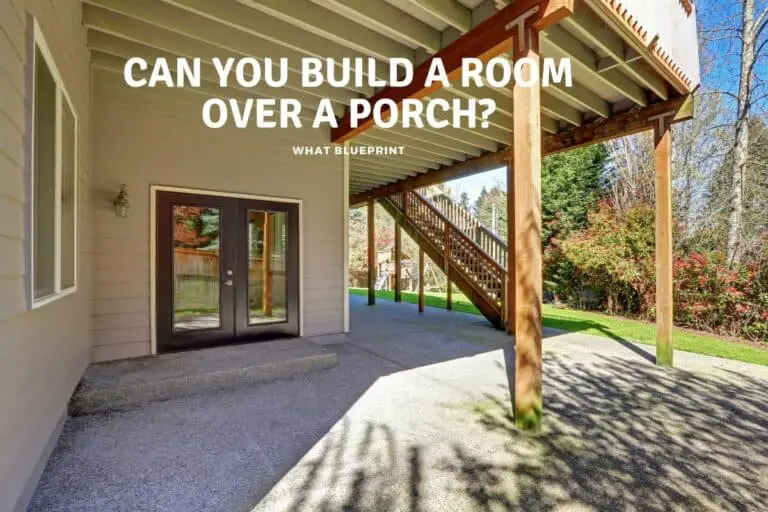Why are Apartments Built Together?
Apartments are the solution to the dwindling amounts of purchasable land near bustling cities. They are often marketed as affordable and convenient, and this is especially true for apartments located in the heart of a city. To arrive at this affordability and convenience, certain design and construction decisions had to be made to keep it that way.
Apartments are built together to save on construction and maintenance costs, thus allowing for more affordable housing and lower cost of maintenance.
If you plan on buying an apartment anytime soon, read the rest of the article. We’ll be going into how apartments are planned, designed, and the things you should consider when purchasing an apartment space.
How is an apartment planned?
An apartment is created with a general design. Each apartment within a building is not designed for a specific person; instead, the architect would design the plan on assumptions based on two principal things, which are:
- Location
- Market
The architect is briefed on the intended market of the building developer. This could range anywhere from young professionals, college students, to families and the elderly.
If an architect were to attempt to design every apartment specific to the user’s needs, the construction would become so complex and so challenging to build that the prices will begin to soar past what the intended market can afford.
The solution to this problem, catering to different markets, is usually done by segregating the building into separate parts.
For example, floors, 8-16 will be studio-type apartments (bed, kitchen, bathroom) while floors 16-24 will have apartments with more space (living room, dining room). This way, young professionals don’t need to buy bigger and more expensive apartments, while families don’t have to try and fit into one bedroom.
How does an architect create a general design for an apartment?
The focus word that comes into the mind of an architect designing an apartment is consistency. The nature of the apartment depends on consistency.
For example, all apartments on the west side of the building will always have a good view of the sunset, given, of course, that no other buildings are blocking that sunset or the fact that the east side of the building will always be hit by the morning sun.
Spaces and their requirements also always have to be consistent. A kitchen will always need a sink, and a bathroom will always need a shower. This is especially important in designing apartments because a cost-saving technique used by building developers is to have all their utilities line up uniformly.
The way architects achieve this vertical line up of utilities is by making sure that every sink, toilet, and shower are in the same place for every apartment unit.
The art of the apartment
There’s also a consistency among people. Everyone has a bare minimum amount of needs for a living space that is all the same.
It’s easy to design based on bare minimums, even jail cells can provide the bare minimum, but architects have to take it one step further and take into account the “human” aspect. People don’t feel efficiency, they feel the input they receive from their senses, and these inputs always turn into a reaction.
Let’s view an apartment from the lens of cost-efficiency; for example, the windows are sized just right to reduce sunlight and reduce air-conditioning expenses. This cost-efficient design decision may seem ideal on paper; however, it fails to consider the human element.
Consider the view of the city or the feel of sunlight entering the room. Buyers always want to get the best bang for their buck, and they’ll always want an apartment that they would enjoy living in for the price they pay for.
When designing an apartment space, it’s the primary objective of the architect to balance both cost-efficiency and the human aspect of the apartment’s design to reach the best result. The cost-efficiency aspect is what saves the building owner money, while the human aspect of the design is what sells the apartment to buyers.
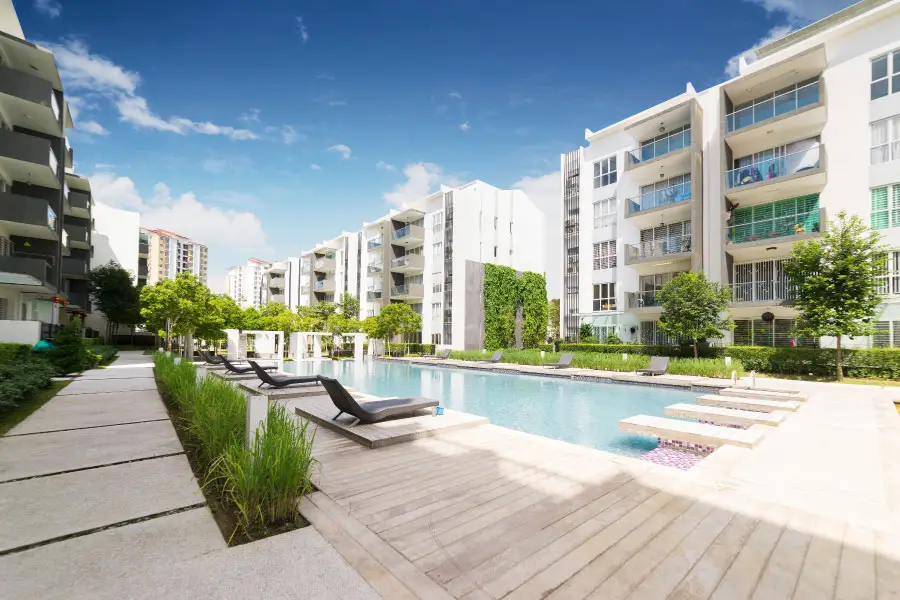
Things to consider when purchasing an apartment
Here are the things to consider when purchasing an apartment:
- Space. Probably the most important factor on this list, space determines the number of activities you can do inside your apartment. The measurements of your
- Design. Consider if the design is appropriate for you, always consider your plans because some apartment designs(like studio apartments) are supposed to be occupied by only one person.
- Amenities. Apartment buildings tend to come with amenities for everyone living in the building. This may include a swimming pool, function rooms, a gym, a laundry room, parking space, etc.
- Staff. Look at how the building looks outside of your apartment. The general cleanliness and effort for maintenance will tell you a lot about how the owner of the building runs the place. It also tells you what kind of service you’re going to get when you run into problems related to the building (faulty water system or electrical system problems, for example). Security is also a big factor. Most apartment buildings are outfitted with CCTV cameras as well as having security guards stationed at the entrance 24/7.
- Location. Applicable to all living spaces. Look around the apartment building and the nearby area. Most of the time, people move into apartments to save money on transportations costs.
- Cost. You can either buy an apartment or rent one out. Consider all of the things listed above and assess if it’s worth what you’ll be paying for.
Apartment vs House
Below is a table that will give you a quick comparison between an apartment and a house.
| Factors | Apartment | House |
| Design | Pre-determined design. Limited options for renovations and adding personal touches. | Personalized design (unless second hand). Unlimited options for renovations and adding personal touches. |
| Amenities | Cheaper, however, shared with others. Depending on the building, may include rules that can limit activities (playing music at a certain time, cooking certain dishes, keeping pets, etc.) | Expensive, however, it is entirely yours. You’re free to do whatever you want (unless you are a member of a suburbian association) |
| Staff | Security guards and maintenance personnel. | No staff unless you hire a cleaning service regularly. |
| Location | Nearly, always in the city. Saves transportation costs and time. | Almost always away from the city. |
| Costs | Cheap compared to other housing options. Based on rent. | Expensive. Will require you to hire professionals if you want a house built for you. Based on a mortgage. |
Comparing an apartment to a house is like comparing apples to oranges. They may both serve the same function, which is to provide a living space. However, the design and the functions of these two modes of housing are very different. The best choice for you heavily depends on what you prioritize and what you can afford.
An apartment, as a concept, is a space meant to be livable and enjoyable with the least amount of spending/resources. Apartment buildings allow people to live in the heart of the city and enjoy accommodations that would be expensive to add to a house (such a gym, pool, meeting room).
Conclusion
In conclusion, and again, apartments are built together to save on construction and maintenance costs, thus allowing for more affordable housing and lower cost of maintenance.
The best way to ensure that you’re getting the most out of an apartment is to inspect how the apartment is designed, where the building is located, the accommodations that come with the unit, and determining how well the cost of the apartment can fit into your budget.
Knowing what to look for in an apartment and the logic behind the design helps buyers assess if the apartment is worth the price.

